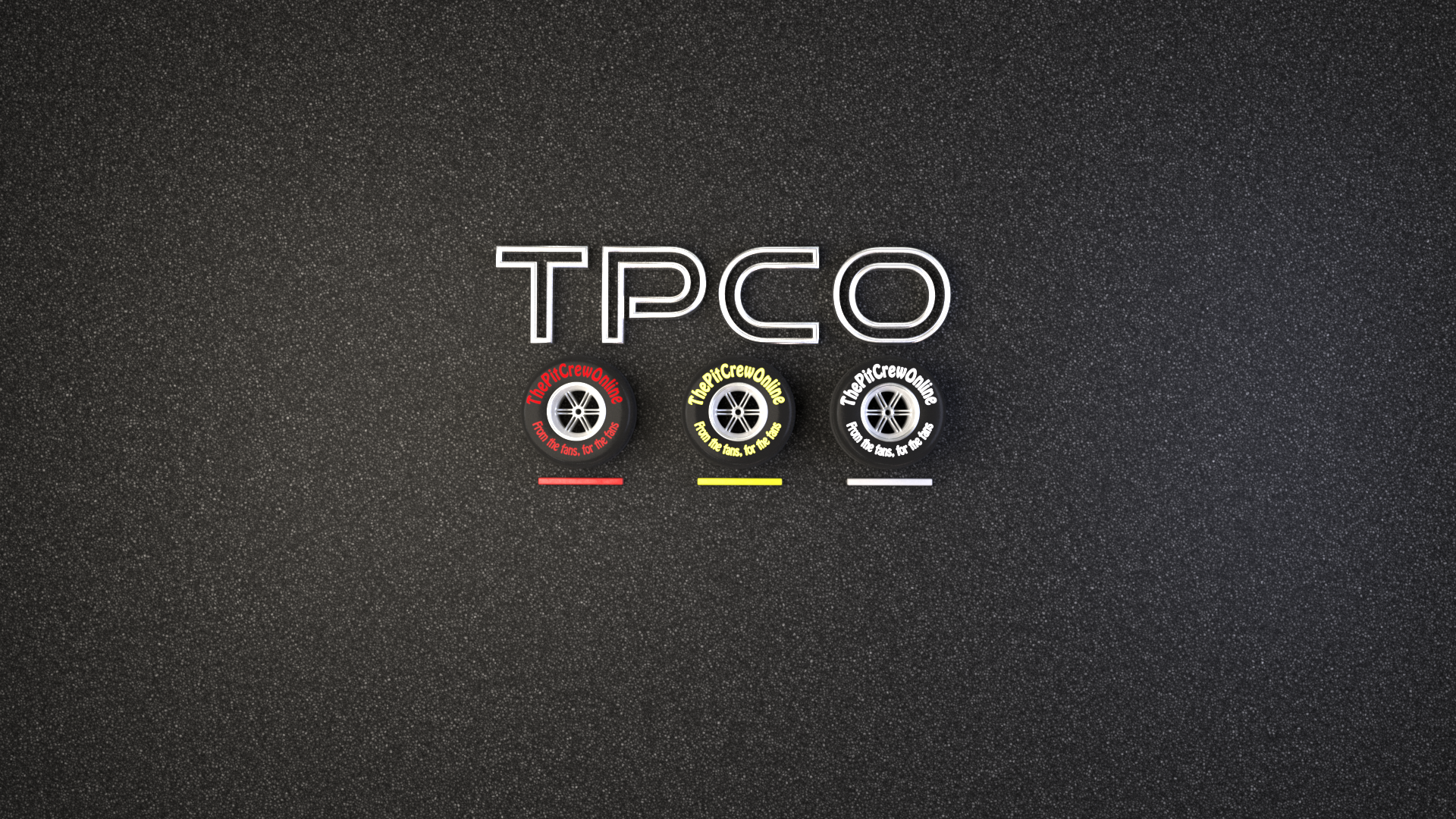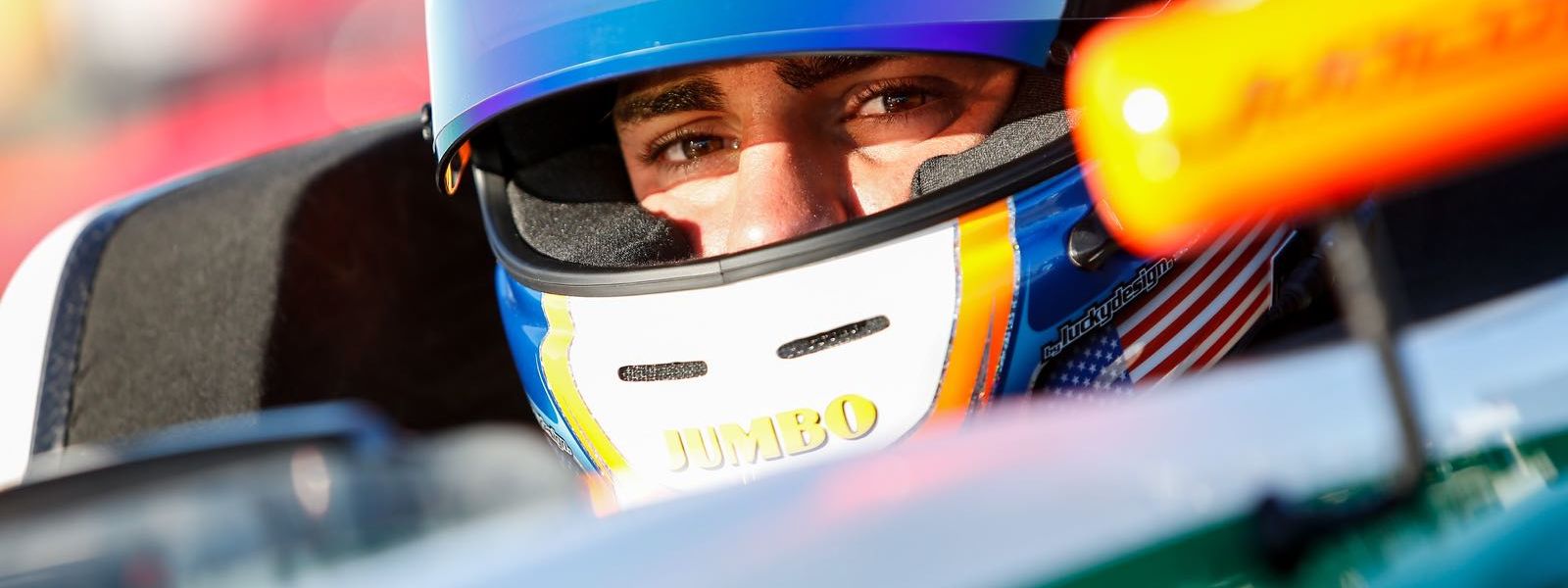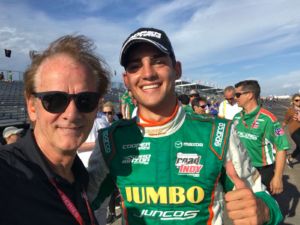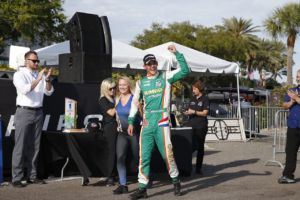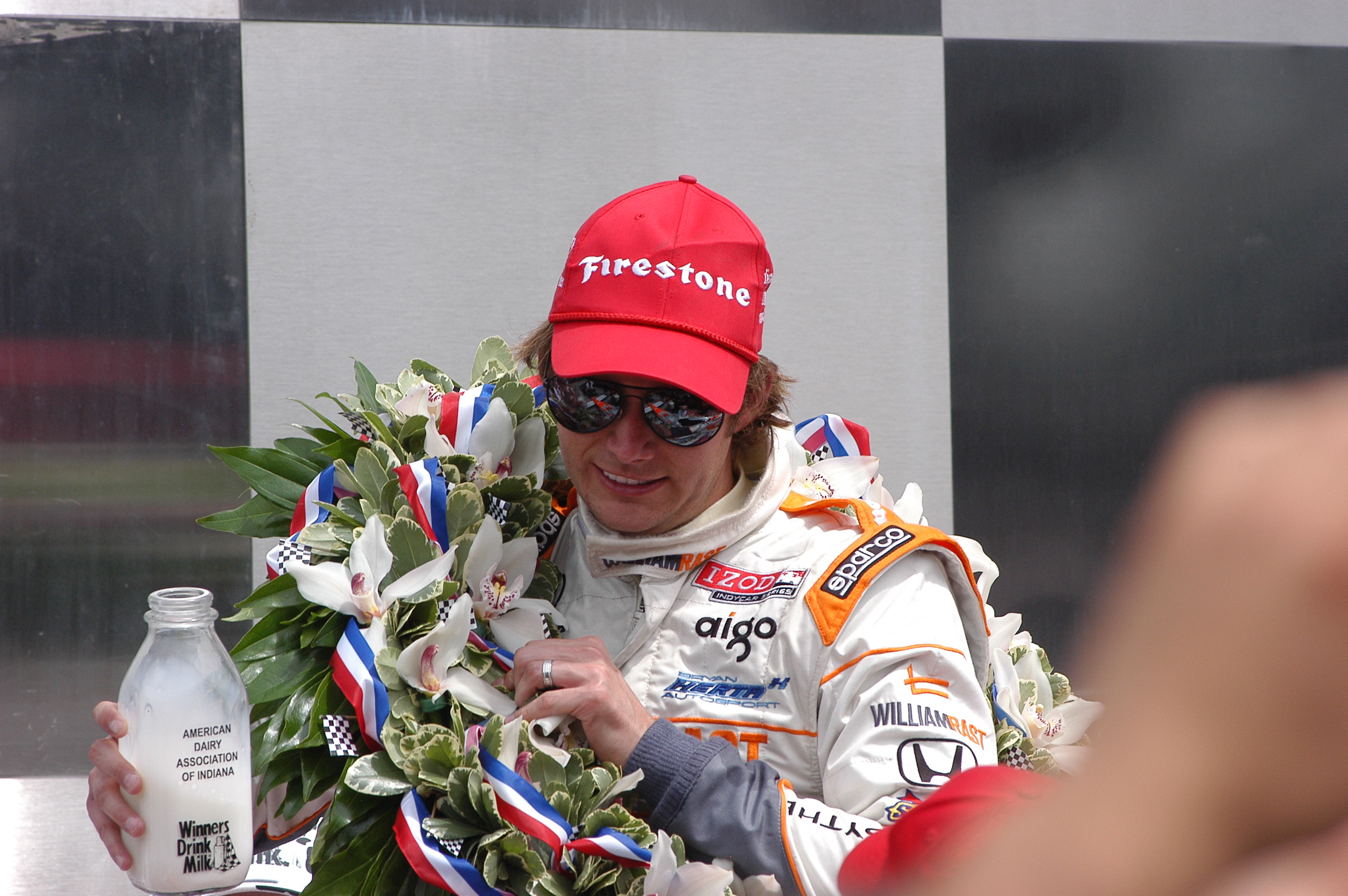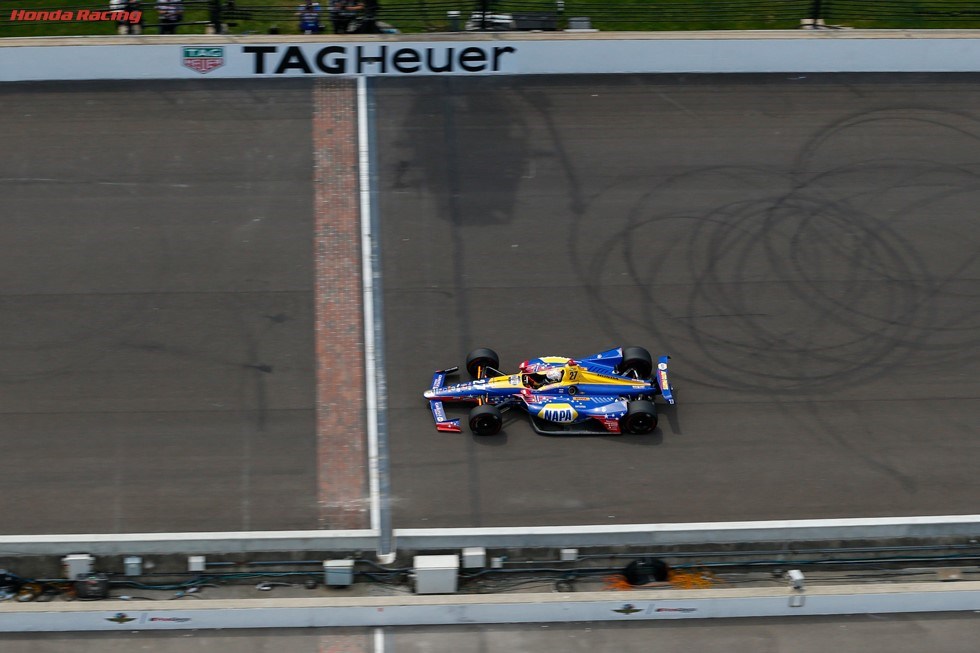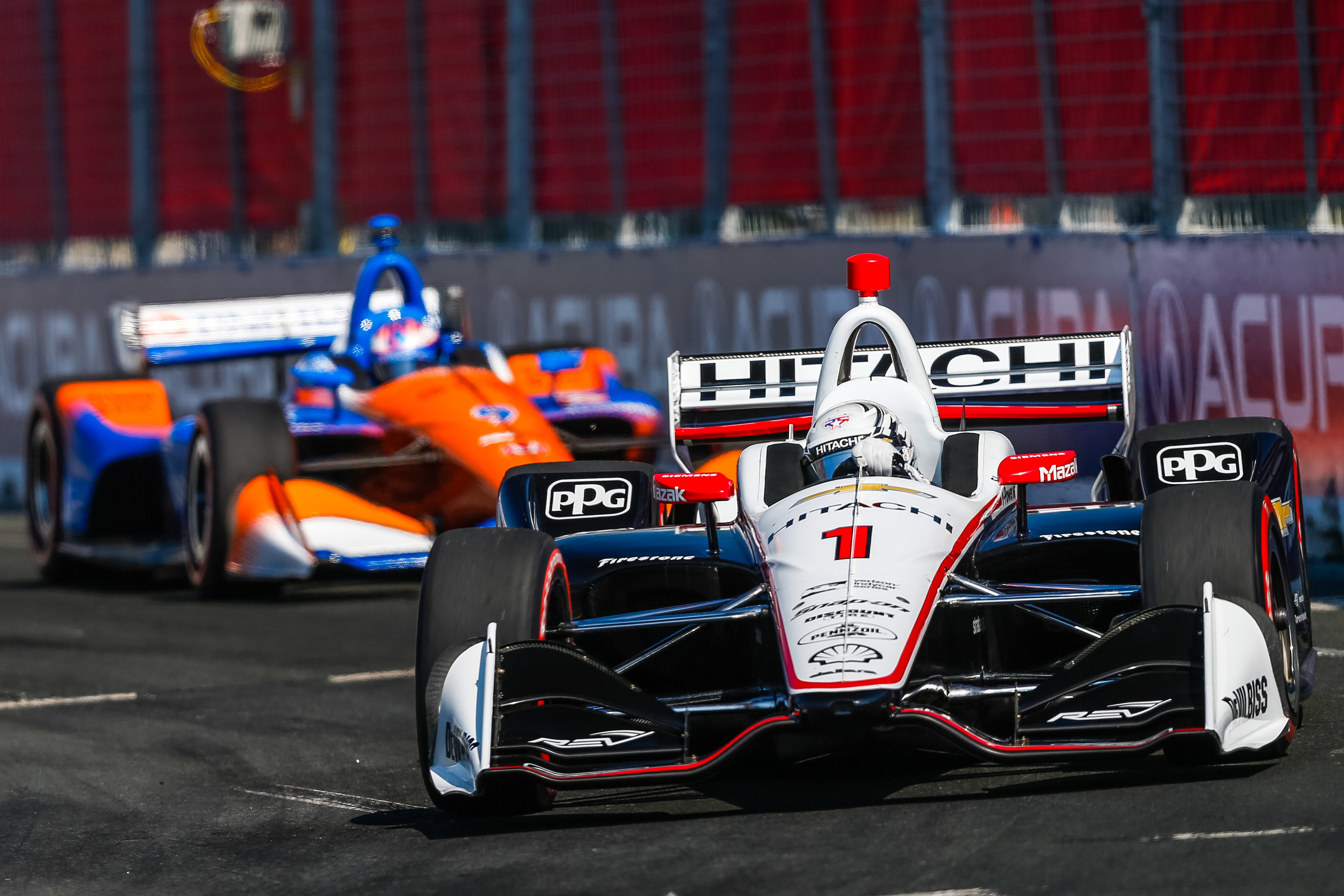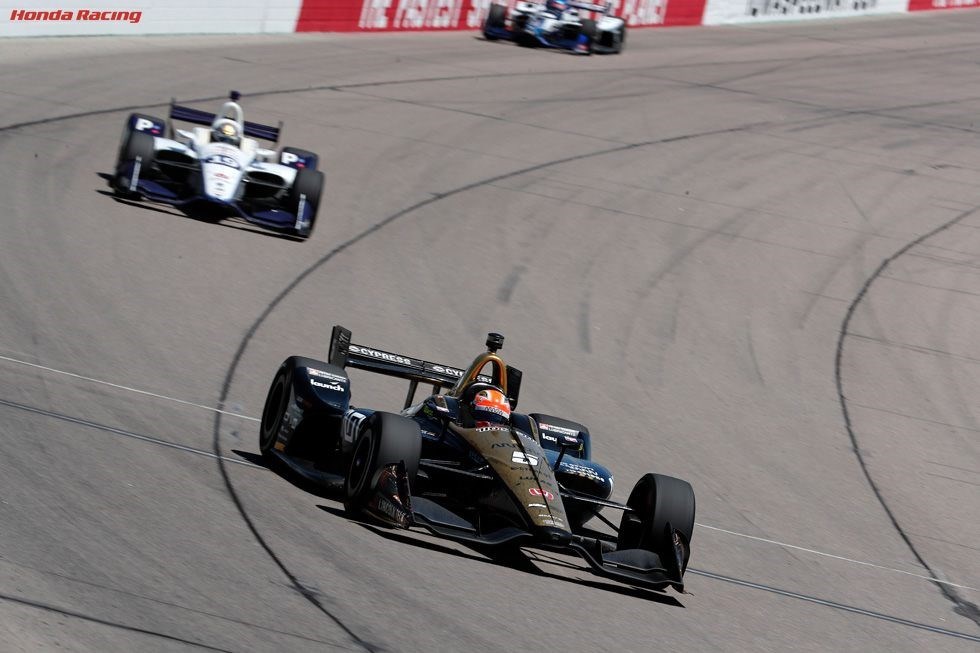While most of you will have heard of IndyCar, its support ladder, the Mazda Road to Indy, is lesser known, especially in Europe. The programme is made up of three racing series that incrementally get closer to IndyCar; the lowest is USF2000 with Pro Mazda next and then Indy Lights as the closest to IndyCar.
This whole set up aims to produce the next generation of IndyCar drivers and give aspiring talent a stage where all the IndyCar teams can see their performances and successes in the same paddock as IndyCar. The Mazda Road to Indy as we know it started in 2010 but the individual series have been going much longer, just not as a united body. One of the key perks of the Mazda Road to Indy is the scholarships provided to champions in it; each champion of the individual series is provided with a scholarship to the next series up, meaning that results are rewarded.
However, a recent announcement has given the Road to Indy programme a huge hit; after seven years, Mazda are withdrawing their sponsorship of the programme to pursue other ventures. This means the programme’s future is in some doubt because it cannot function without a title sponsor, but the IndyCar management seem optimistic that the ladder will not be without a title sponsor for long and are confident of its continuation. Something that does need to be addressed in the near future is the rising costs of both Pro Mazda and Indy Lights which is making it harder for teams and drivers to compete in those series – if the programme is to remain viable, the costs need to be cut somehow.
A huge thank you to @MazdaRacing for the nine years of helping young drivers fulfill their dreams of open-wheel racing! If it weren't for you, many drivers would have never been able to have the opportunity to race on such a big stage. https://t.co/7ciPY2YTCc pic.twitter.com/qLsvhNAJq8
— Road To Indy TV (@RoadToIndyTV) July 31, 2018
Regardless of these problems, all three series are going strong this year with one champion already crowned and two title fights that look like they could go right down to the last rounds at Portland.
USF2000 is the bottom rung of the Mazda Road to Indy ladder and has been running, in different variations, since 1990. 11 full-time teams field 23 drivers between them over 14 races, most of which shadow IndyCar, with the season ending at the penultimate IndyCar round of Portland. With the two Portland races still to go, series rookie Kyle Kirkwood has already clinched the championship in what is the most crowded series on the ladder, leaving Rasmus Lindh, Igor Fraga and others to fight for second.
Can’t believe I can say this… but… We are the 2018 #USF2000 Champions with still 4 more races to go!!! We’ve been so blessed with an amazing year and I am truly speechless… Now, @capemotorsports, let’s keep those wins coming!#MRTI #teamcoopertire #firstexindustries pic.twitter.com/ZgBRrDAdLn
— Kyle M. Kirkwood (@KKirkwoodRacing) July 28, 2018
In the middle of the programme is Pro Mazda which replaced the Star Mazda Championship in 2012, after that had run since 1991. The series champion is, as previously mentioned, awarded a scholarship to advance Indy Lights for the following season so it is a very important series to win for drivers coming up the ladder. Pro Mazda has 18 drivers and 9 teams, including Juncos Racing who are present in IndyCar. Rinus VeeKay has a 25-point lead over Parker Thompson with three races yet to run in a championship that looks set to go right down to the wire.
The top, but smallest, tier of Mazda Road to Indy is Indy Lights which has been running as an IndyCar sanctioned series since 2002. This series, however, does have a problem or two – the field has been diminishing in numbers for the last few years, this year there are just seven full-time drivers and only full-time three teams, albeit including both Andretti and Juncos. Patricio O’Ward currently has a 32-point lead over Colton Herta in what has been a very close title battle, but changes are on the horizon for Indy Lights with a new five-year plan being set out. The aim is to reduce budgets while increasing prize money, testing and revising the IndyCar licence guidelines – all to make the path to IndyCar more accessible for the talent coming through.
The list of Mazda Road to Indy graduates who now grace the IndyCar grid is a very, very long one. Josef Newgarden, James Hinchcliffe, Ed Jones, Charlie Kimball, Kyle Kaiser, Matheus Leist, Carlos Munoz, Spencer Pigot, Zach Veach and Zachary Claman De Melo, along with many others, have all been a part of one or more rungs of the Mazda Road to Indy ladder since it all joined up in 2010 so, clearly, it works.
The programme is the place to look for the up and coming IndyCar drivers with countless more names ready to be added to the above list when they too make the step up to IndyCar in years to come.
To showcase this, we will be publishing a series of interviews with drivers in various stages of the programme over the next week and, you never know, you may well be able to see some, or all, of them in IndyCar in a few years’ time!
(Featured Image courtesy of Igor Fraga)
